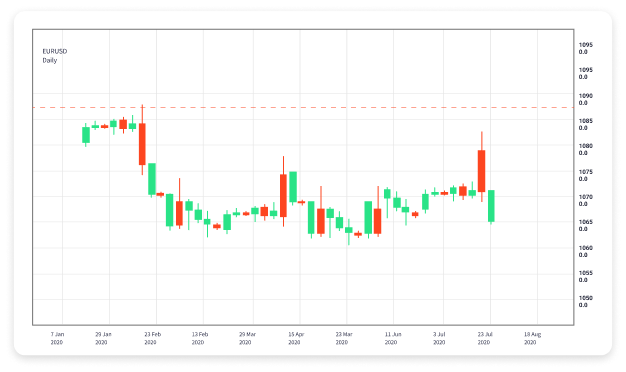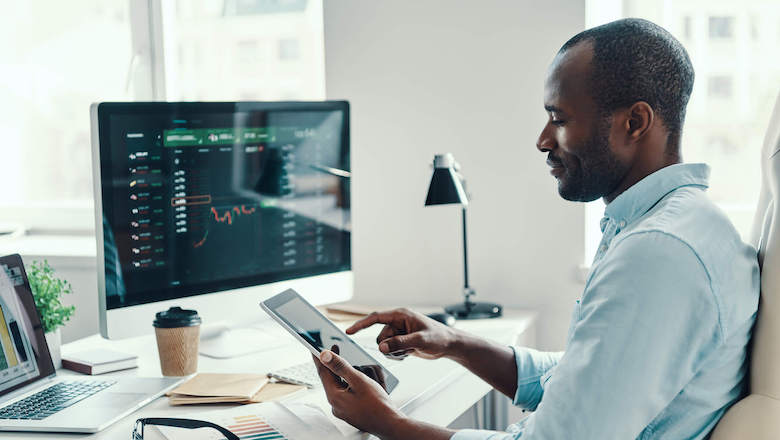
Mastering Forex Trading with a Simulator: A Comprehensive Guide
In the world of finance, forex trading has emerged as one of the most dynamic and accessible fields for both aspiring and seasoned traders. As an ever-evolving market, currency trading requires not only knowledge but also practical skills that can be honed over time. One of the most effective ways to develop these skills is through a forex trading simulator. In this article, we will explore the benefits, features, and strategies associated with using a forex trading simulator Trading Brokers in Turkey forex trading simulator, and how it can be a game-changer for your trading journey.
Understanding Forex Trading Simulators
A forex trading simulator is a software tool or platform that mimics real forex market conditions, allowing traders to practice trading without the risk of losing real money. By using a simulator, traders can familiarize themselves with the trading environment, test trading strategies, and understand market dynamics in a risk-free setting. These simulators often use real-time data, ensuring that the trading experience is as close to reality as possible.
The Advantages of Using a Forex Trading Simulator
1. Risk-Free Environment
The most significant advantage of using a trading simulator is the absence of financial risk. New traders can explore various strategies and learn from their mistakes without worrying about losing real money. This is invaluable for building confidence and refining trading skills.
2. Practical Experience
While theoretical knowledge is vital, putting that knowledge into practice is crucial for success in forex trading. A simulator allows traders to execute trades, manage risk, and analyze market movements. This hands-on experience can significantly enhance a trader’s effectiveness.
3. Strategy Testing
Forex trading involves a multitude of strategies, and not every strategy will yield successful results. A simulator enables traders to test different approaches to see which ones work best for them. By analyzing results over time, traders can refine their strategies for better performance in the live market.
4. Emotional Control
One of the most challenging aspects of trading is managing emotions. Fear and greed can often lead to poor decision-making. Using a simulator helps traders experience the psychological pressures of trading without the stakes of actual money, allowing them to develop emotional control for future trades.
Choosing the Right Forex Trading Simulator
Not all forex trading simulators are created equal. Here are some key features to look for when choosing the right simulator for your needs:
1. User-Friendly Interface
A good simulator should have an intuitive and easy-to-navigate interface. This will help you focus on learning rather than struggling with complicated software.
2. Real-Time Market Data

For a simulator to be truly effective, it must provide real-time market data. This will help you understand how to respond to rapid changes in market conditions, just as you would in live trading.
3. Customizable Features
Look for a simulator that allows you to customize various settings, such as trade sizes, leverage, and risk management parameters. This will enable you to replicate your typical trading environment and test specific strategies more effectively.
4. Performance Analytics
Tracking your progress is essential in forex trading. A good simulator should provide detailed analytics on your performance, allowing you to identify strengths, weaknesses, and areas for improvement.
Building Your Trading Strategy with a Simulator
Once you’ve selected a trading simulator, it’s time to put it to work. Here’s a step-by-step guide on how to build and refine your trading strategy using a simulator:
Step 1: Define Your Trading Goals
Before diving in, it’s crucial to establish your trading goals. Are you looking to day trade, swing trade, or invest for the long term? Clearly defined goals will guide your trading strategy.
Step 2: Research and Select Trading Strategies
There are numerous trading strategies available, from scalping to trend-following. Research different types and choose a few to test within the simulator. Focus on those that align with your trading goals and risk tolerance.
Step 3: Practice Your Chosen Strategies
Use the simulator to practice execution of your chosen strategies. Pay close attention to both successful trades and losses, analyzing what works and what doesn’t. Consistent practice will help improve your execution skills.
Step 4: Evaluate and Adjust Your Strategy
After accumulating enough data from your simulated trades, take the time to evaluate your overall performance. Identify patterns in your trading behavior, refine your strategies, and make adjustments as necessary.
Step 5: Transition to Live Trading
Once you feel confident in your trading strategies and execution, consider transitioning to live trading. Start with a small amount of capital to manage risk while you acclimatize to the emotional aspect of trading real money.
Conclusion
The forex market can be daunting for beginners and experienced traders alike. However, using a forex trading simulator is an effective way to build knowledge, refine skills, and develop confidence. By practicing in a risk-free environment, traders can better prepare themselves for the volatility of live trading. In the long run, the skills and strategies developed through simulation can lead to more informed and profitable trading decisions. Embrace the tools at your disposal, and take the first step towards mastering forex trading today!

